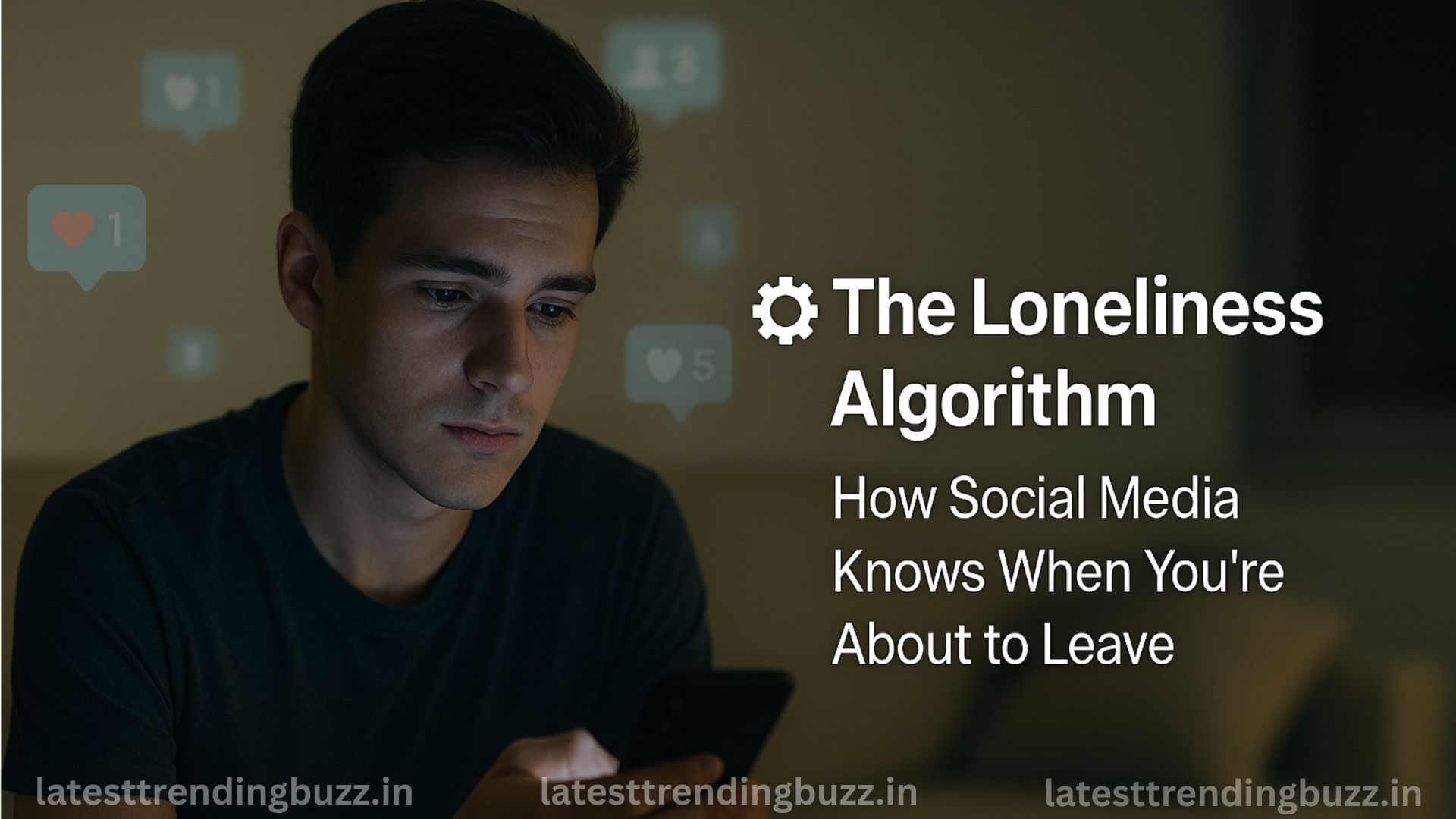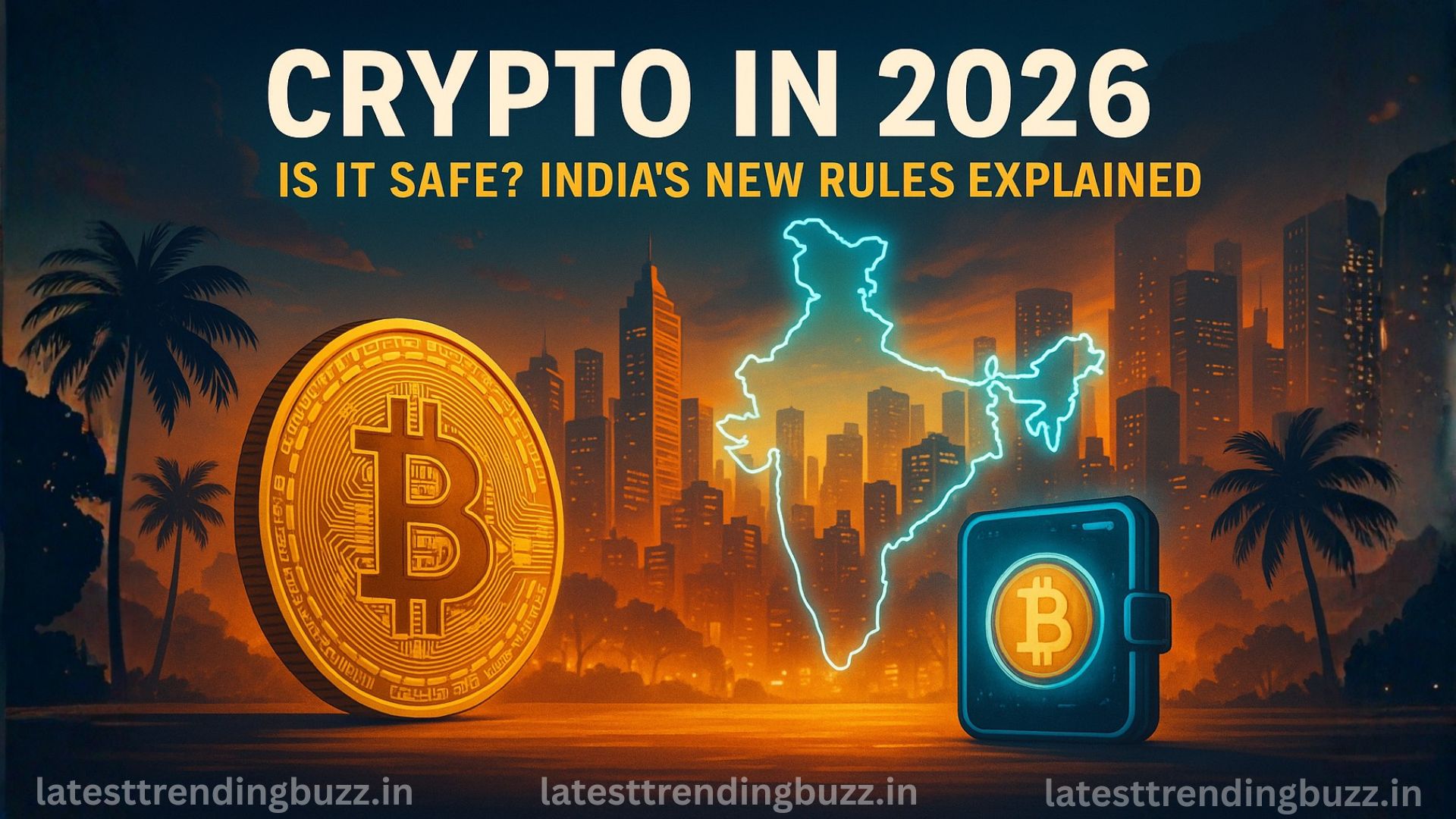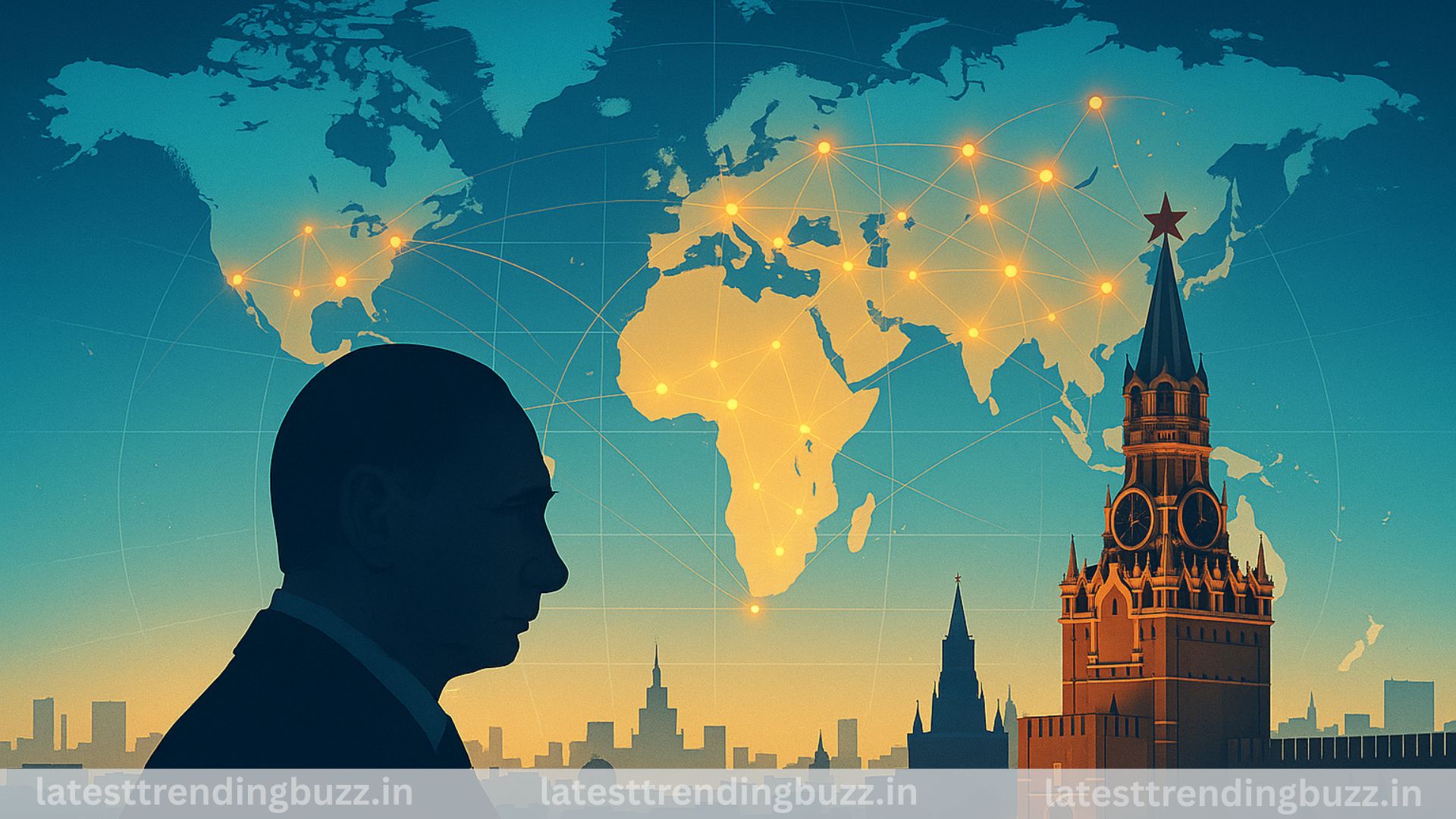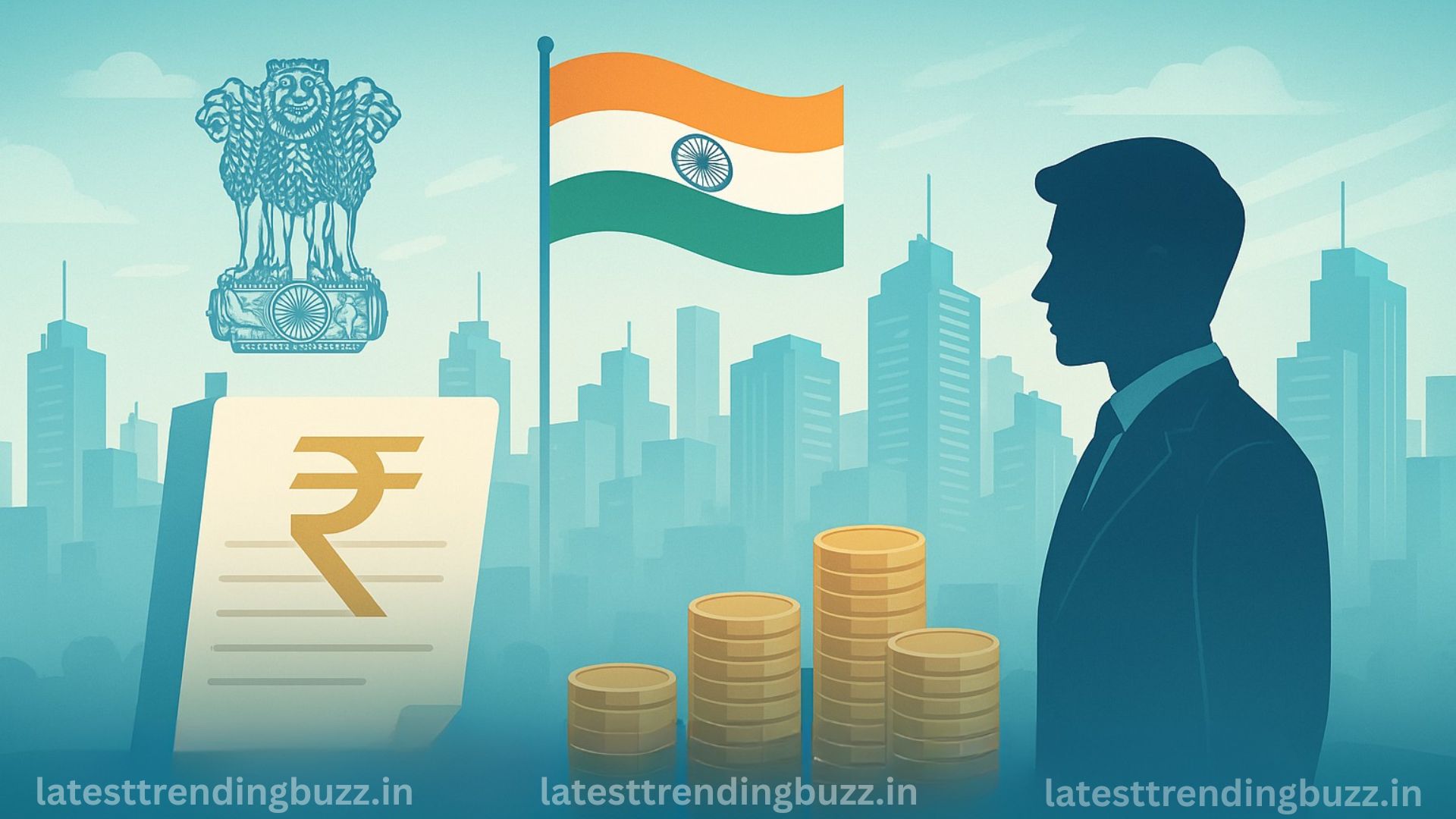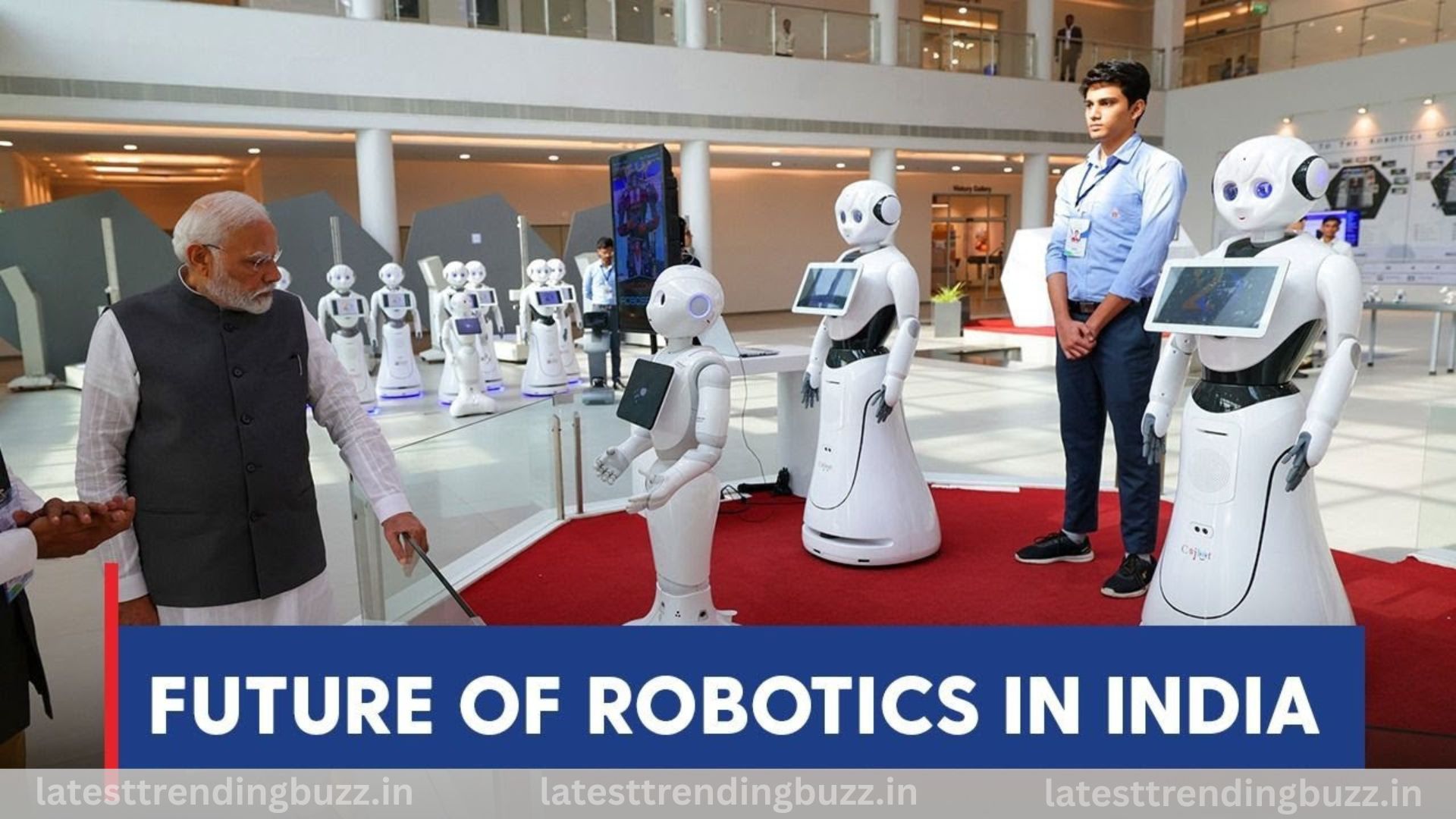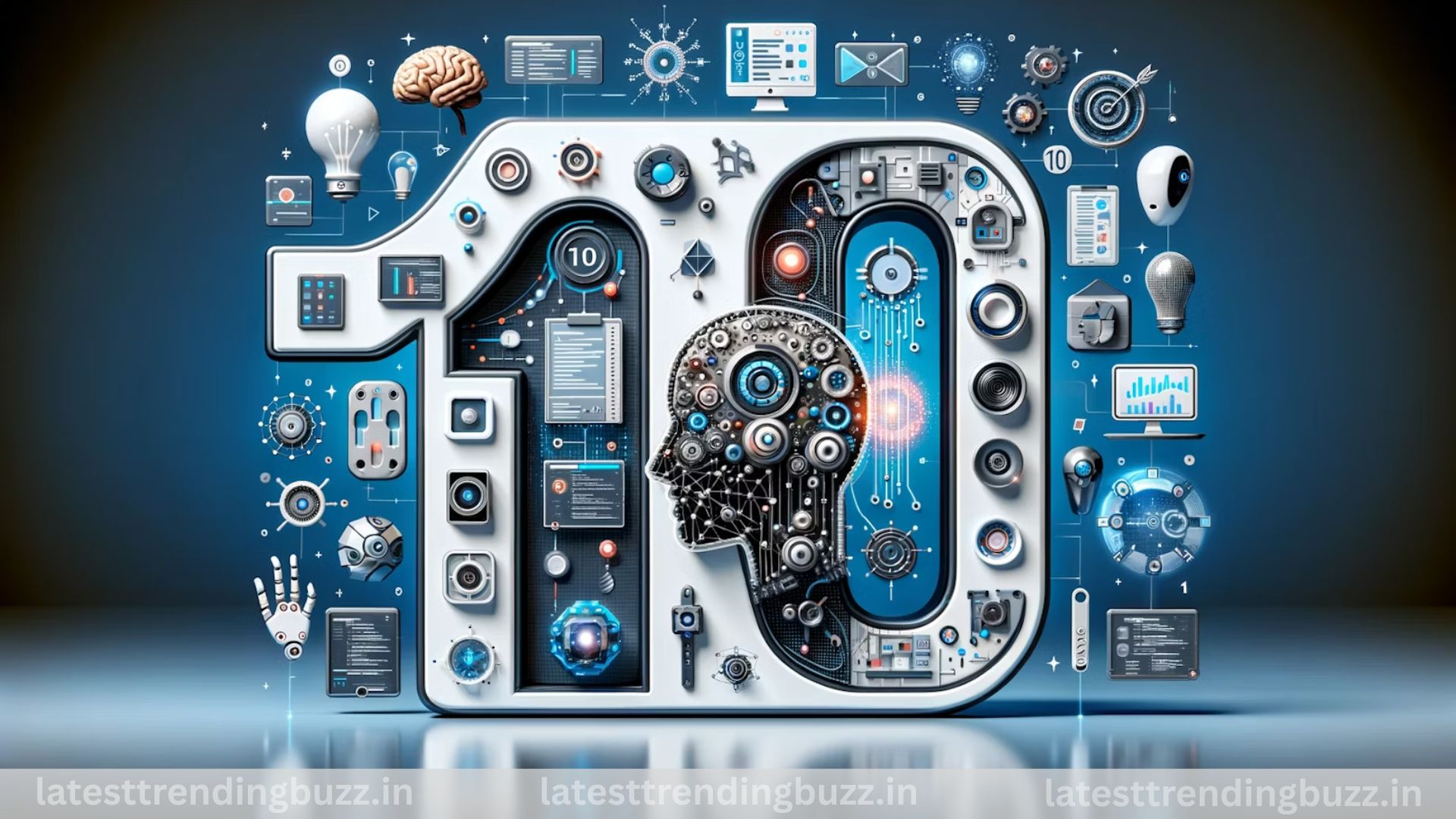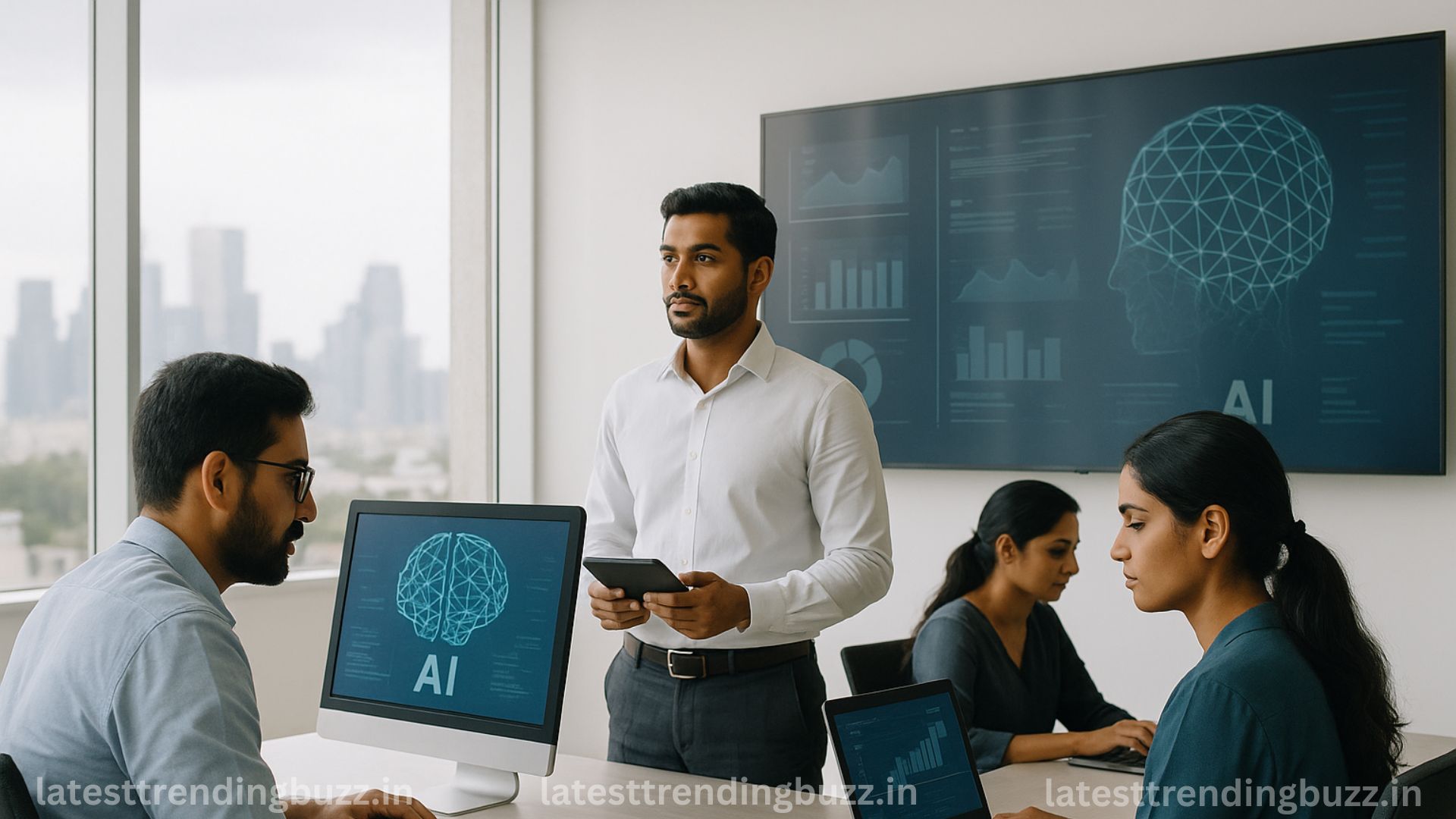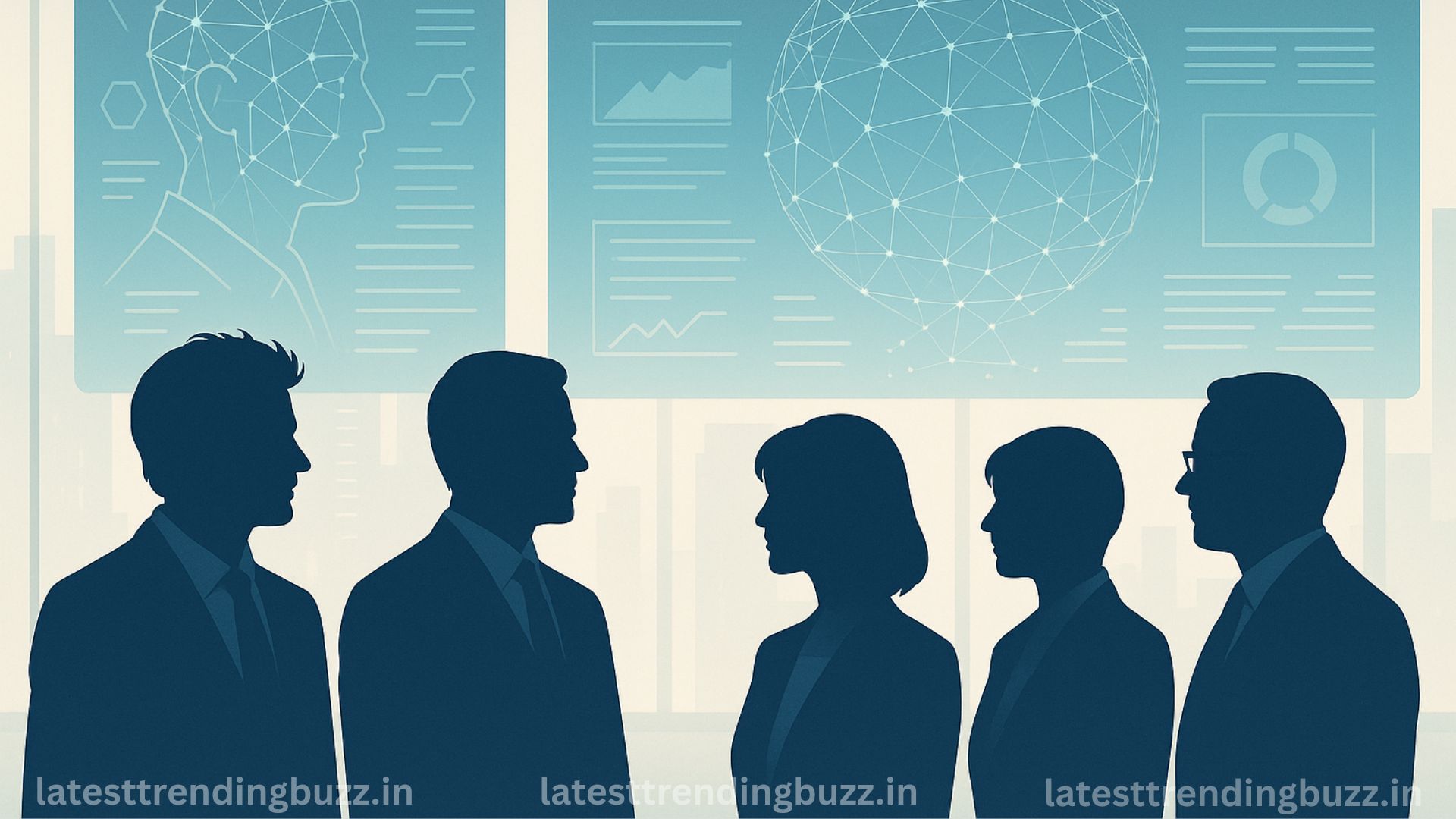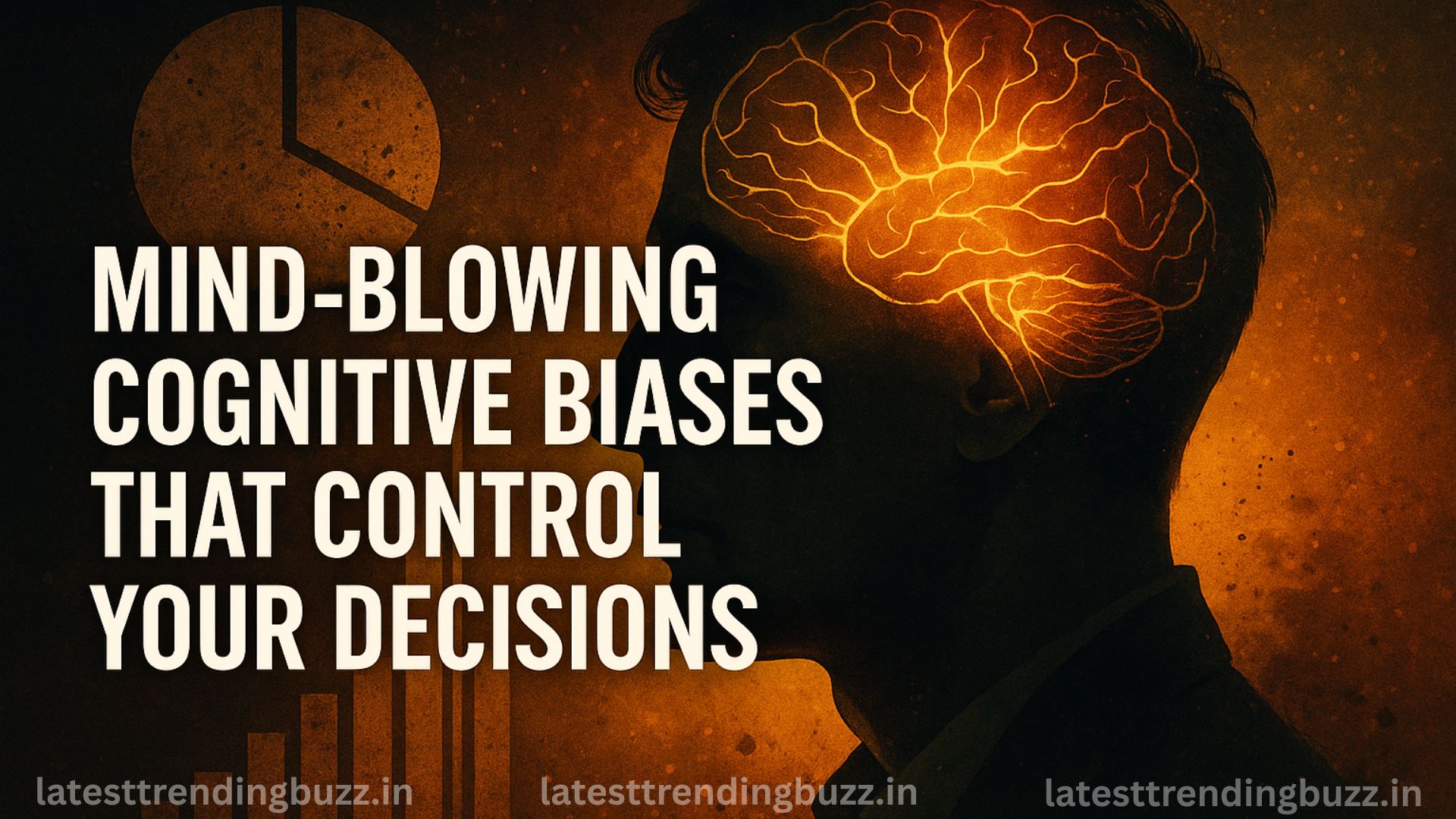Your phone knows when you’re lonely — and it won’t let you go.
Just as you start feeling disconnected from a platform, it suddenly serves the perfect post: a nostalgic memory, a friend’s message, or a trending video that feels weirdly personal. Coincidence? Not quite.
Welcome to the Loneliness Algorithm, the invisible code behind every social platform designed to predict — and prevent — your exit.
In 2025, social media companies no longer compete just for attention. They compete for your emotional dependence. The more they know about your loneliness threshold, the better they can keep you hooked.
The Psychology Behind User Retention — Dopamine, Despair, and Design
Every scroll, pause, like, or delay is data. Algorithms feed on your emotions, tracking when you’re most engaged — and when you’re emotionally exhausted.
The Loneliness Algorithm uses these emotional cues to decide what you see next. If your interaction rate drops or you stop messaging friends, the system detects disengagement risk. That’s when it floods your feed with nostalgic content, personalized dopamine hits, or “near-miss” notifications (e.g., “Someone from your past just joined!”).
It’s not random — it’s emotional engineering.
Psychologists call this “variable reinforcement”, a technique borrowed from gambling. You never know which scroll will deliver that perfect reward — so you keep scrolling.
This digital design keeps billions emotionally tethered to their screens, turning loneliness into engagement fuel.
How Social Media Companies Quantify Loneliness
You can’t measure loneliness directly — but you can infer it.
The Loneliness Algorithm does this by analyzing subtle behavioral patterns, including:
- Frequency of direct messages vs. passive scrolling
- Reaction time to notifications
- Time spent on nostalgic or “comfort” content
- Late-night activity patterns (linked to emotional isolation)
- Drop in emoji or comment use (a sign of detachment)
These signals combine into what insiders call a “vulnerability index” — a private metric used by major platforms to predict user fatigue or social withdrawal.
In plain terms: the more disconnected you feel, the more attention the system pays to you.
The paradox? Your loneliness becomes the very data that traps you.
The Secret Data Signals That Predict Emotional Burnout
Every major platform — from Instagram to X — uses internal algorithms to track retention fatigue.
When you spend less time liking, sharing, or commenting, the Loneliness Algorithm assumes you’re on the verge of quitting. It immediately deploys emotional interventions:
- Resurfacing old posts that evoke nostalgia
- Highlighting engagement spikes (“3 people liked your post from last week!”)
- Suggesting reconnects with old friends or ex-colleagues
- Serving AI-generated content based on your emotional sentiment history
These systems are powered by AI emotion analysis tools that scan text, emoji tone, and even dwell-time on emotional videos.
In short, your sadness, boredom, and stress become monetized signals in a trillion-dollar engagement economy.
Also Read: The Sleep Capitalism Trade: How Dreams Became the New Data Goldmine
From Likes to Lifelines — The Emotional Economy of Engagement
Social media is no longer about entertainment — it’s about emotional survival.
The Loneliness Algorithm transforms basic engagement into a form of digital companionship. Platforms have learned to simulate empathy:
- Auto-generated “memory posts” to remind you you’re connected.
- AI chat features that replicate real friendship dynamics.
- Content curation that mirrors your emotional cycles.
When users express isolation, the system doesn’t console — it engages. Every lonely moment becomes an opportunity for reactivation.
As one former Meta data scientist told LatestTrendingBuzz.in:
“We didn’t build Facebook to make people happy. We built it to make them stay.”
That’s the core of the Loneliness Algorithm — emotional engineering disguised as connection.
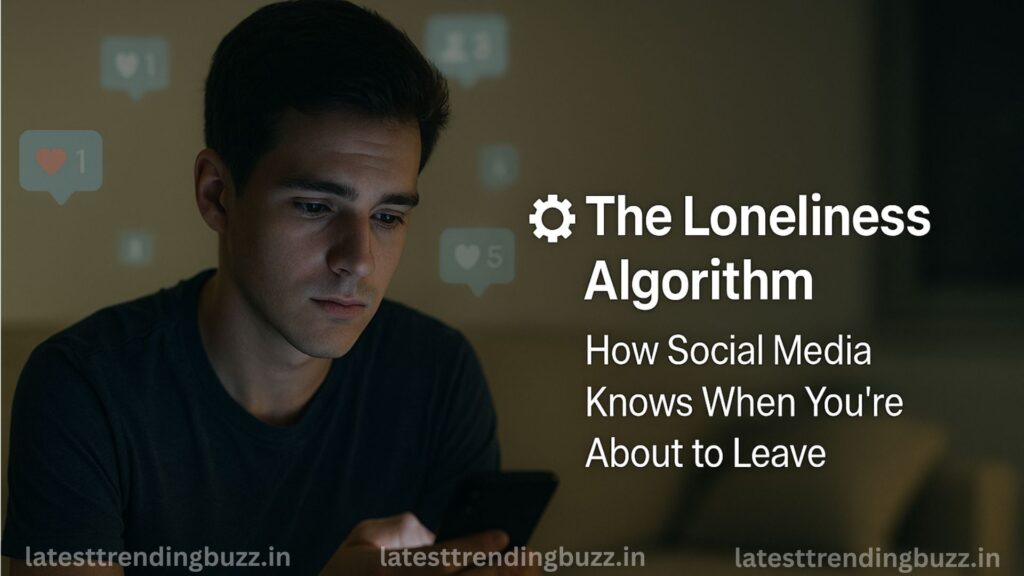
India’s Screen Fatigue Epidemic — Why Gen Z Is Quietly Logging Off
India is witnessing a silent rebellion. While youth internet penetration crossed 75%, Gen Z engagement time is declining for the first time in a decade.
According to a Kantar 2025 Digital Wellbeing Report, 63% of Indian users aged 18–25 have reduced screen time due to mental fatigue, FOMO anxiety, or loneliness induced by social media.
Yet paradoxically, the Loneliness Algorithm keeps pulling them back. Platforms use regional trends — from cricket memes to Bollywood nostalgia — to emotionally reel in drifting users.
Influencers are also calling it out. Bengaluru-based creator Ananya R. says:
“Social media stopped feeling social. It feels like the platform knows me too well — it’s creepy.”
India’s digital detox movement is growing fast, but the algorithms are evolving faster.
Expert Opinions: Psychologists on Algorithmic Loneliness
Psychologists describe the Loneliness Algorithm as a form of “digital emotional surveillance.”
Dr. Aditi Khanna, a behavioral psychologist at NIMHANS, explains:
“The algorithm doesn’t just track your behavior — it learns your emotional pulse. It predicts when you’ll feel low and gives you just enough dopamine to keep you attached.”
It’s a modern form of emotional dependency engineering, where your mental state becomes a variable in a machine-learning model.
In long-term users, this creates what experts call “algorithmic codependence” — a subconscious attachment to the very platforms that drain emotional energy.
Can Ethical AI Fix the Loneliness It Created?
The irony is brutal — AI systems that cause loneliness are now being marketed as solutions to it.
Tech giants are investing in empathy-driven AI companions, claiming they’ll help users cope with isolation. But critics argue this is just Stage Two of the Loneliness Algorithm — replacing real connection with digital simulation.
Still, there’s hope. Some startups are building “humane algorithms” that detect emotional burnout and recommend digital breaks instead of more content.
If the last decade was about engagement, the next must be about emotional ethics.
Until then, every scroll will remain a quiet negotiation between your mind and a machine that knows it too well.
Also Read: The Hidden AI Fossil Fuels: What Powers the World’s Smartest Machines
FAQs on Loneliness Algorithm
1. What is the Loneliness Algorithm?
It’s a predictive system that tracks emotional data to keep users engaged by recognizing signs of loneliness or disengagement.
2. How does it know when you’re lonely?
By analyzing behavior — late-night scrolling, lack of interaction, and reaction timing — and correlating it with emotional data.
3. Which platforms use this system?
Almost all major social apps — including Meta, TikTok, YouTube, and X — use versions of the Loneliness Algorithm to predict user drop-offs.
4. How does this affect mental health?
It fosters emotional dependency, creating a cycle of validation and fatigue.
5. Can ethical AI solve this problem?
Possibly — but only if companies prioritize mental well-being over retention metrics.
The Final Word
We often think of loneliness as a personal emotion. But in the age of AI-driven social platforms, loneliness is a product — tracked, predicted, and monetized.
The Loneliness Algorithm doesn’t want you to be happy. It wants you to stay.
Every post you see, every notification you get, is designed to keep your emotional equilibrium just unstable enough to keep scrolling.
So the next time your feed seems too perfect — remember, it’s not intuition. It’s prediction.
Disclaimer
This article is for informational and educational purposes only. The analysis of Loneliness Algorithm systems is based on behavioral psychology studies and social platform data patterns. Readers are encouraged to use digital media responsibly.

